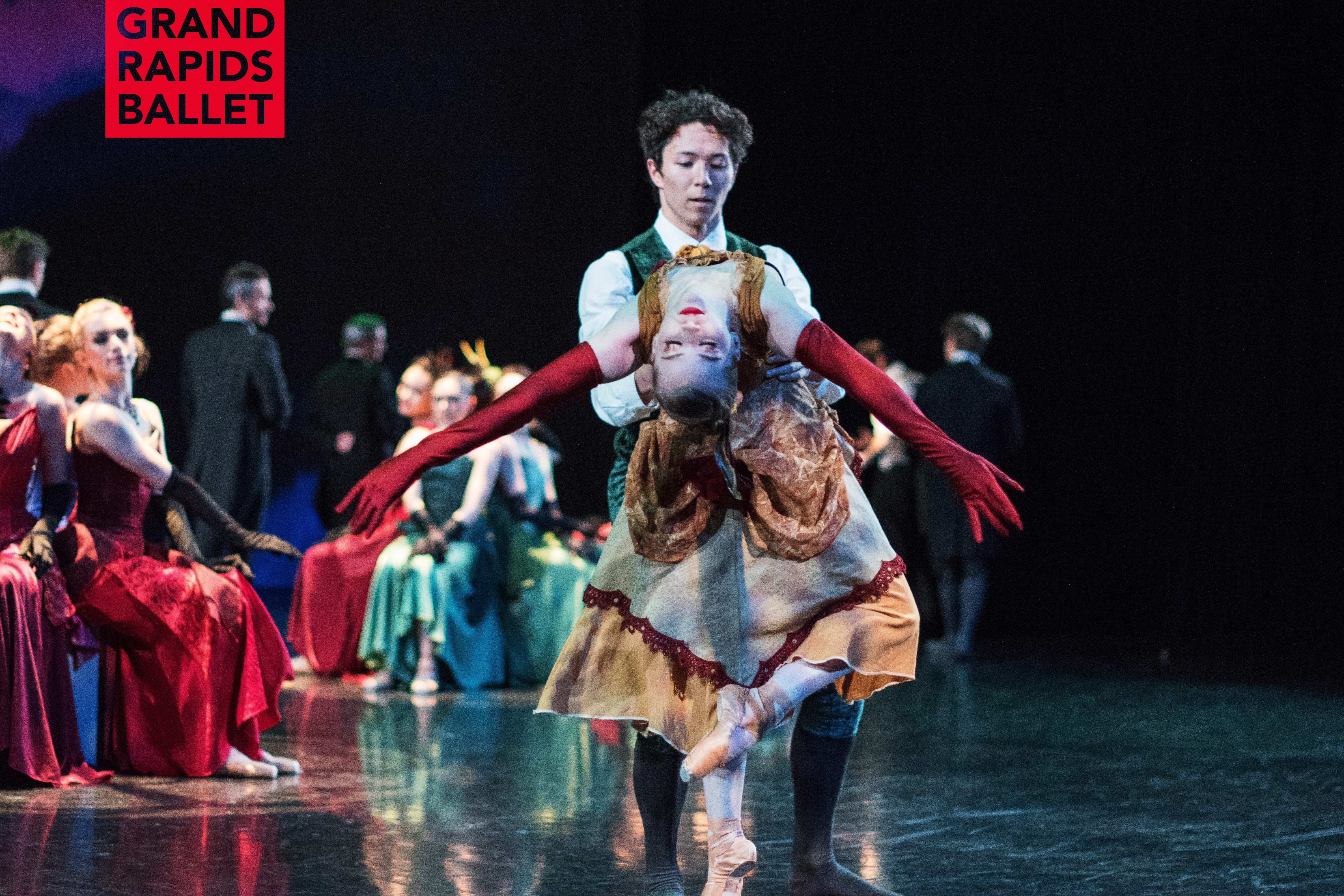In Oscar Wilde’s triumphant Victorian novel "The Picture of Dorian Gray," the character Basil Hallward offers the critique that “(w)e live in an age when men treat art as if it were meant to be a form of autobiography.” It was, no doubt, a jab at his critics, who couldn’t help but see his own story emerging in many of his literary works. Wilde also offered that “(t)he true artist is known by the use he makes of what he annexes, and he annexes everything.”
He was a brilliant master of paradox; perhaps the greatest, most often-quoted wit who ever lived; and a flamboyant aesthete who was damned and outed in a famous public trial that Alan Sinfield calls the first “queer moment.”
Wilde also was a prolific writer — of plays, essays, poems, fiction, criticism, and also of elegant children’s stories that began as tales he told his own children. Full of powerful symbolism and rich themes such as love, friendship, sacrifice, and redemption, The Happy Prince and other Wilde Tales turn out to be ripe for adaptation.
Which is exactly what The Grand Rapids Ballet has done for their season finale, also the final performance under Artistic Director Patricia Barker’s tenure. Choreographer in Residence Penny Saunders annexed Wilde’s fairy tales in a mash-up with elements from his own biography to create her first full-length ballet in a magnificent homage to one of the greatest artists — and gay icons — the world has ever known.
And the result is a truly wonderful, provocative original work. A modern ballet set in Victorian London, this family-friendly world premiere highlights the strengths of the full company while challenging them — as well as their patrons — to allow for possibilities beyond the conventional storybook ballet.
With beautiful scenic design from John Ferraro, evocative lighting by Michael Mazzola with projections from Michael Auer, and wonderful period costumes by Sadie Rothenberg and Penny Saunders, the ballet truly feels like a moody and mystical fin de siecle London in which Oscar Wilde comes into his own then falls to utter ruin but made beautiful through the lens of his own redemptive fairy tales.
Remarkably, Saunders’ choreography, though deeply rooted in classical technique, in no way attempts to pantomime plot like so many three-act ballets, and fully captures the depth of emotion in this story that moves from the creation of a family to a passionate and joyful affair that leads to a destructive trial, imprisonment and ultimately death, with the through-line of undying love and friendship.
It’s not to be understood on a literal level, which is why dance is such a gorgeous art form through which to interpret the story, particularly alongside the poetics and innocence of the children’s tales. Highlights include the use of upstage left to stage repeating yet changing moments in the family and the way in which Wilde is both protected and unraveled by dancers who move in a pattern that looks like a living Celtic knot.
Though the beginning of Act I is slow in that it must establish characters and plot, and the voiceover reading of snippets from “The Happy Prince,” “The Selfish Giant,” and “The Nightingale and The Rose,” is at times hard to understand and follow, this new work is overall a stunning success.
Huge corps de ballet pieces in which women in white reminiscent of Giselle’s Wilis are profoundly moving; passionate pas de deus between Isaac Aoki as Oscar Wilde and Matt Wenckowski as his lover Bosie say more than any dialogue ever could about why they risked everything to be with each other; and Cassidy Isaacson is a revelation as Wilde’s wife Constance. With extraordinary technique and artistry, she captures the rage and sultriness of a woman scorned yet without caricature, as well as the frustration of standing on the outside, being unable to penetrate the world her husband inhabits without her. Yuka Oba, too, gives an inspired performance as the Nightingale, the heart of Wilde’s sacrifice and the promise of his redemption, that is achingly lovely.
The story and the dancing as well as the innovative staging work together to extraordinary effect to challenge conventions of ballet as well as gender, relationships and storytelling itself. No doubt Wilde himself would see it as the great work of art it as and be pleased, for it fulfills the promise of his own words: “(b)eauty is a form of Genius — is higher, indeed, than Genius as it needs no explanation.”
The Happy Prince & Other Wilde Tales
May 4-6, 11-12
grballet.com





